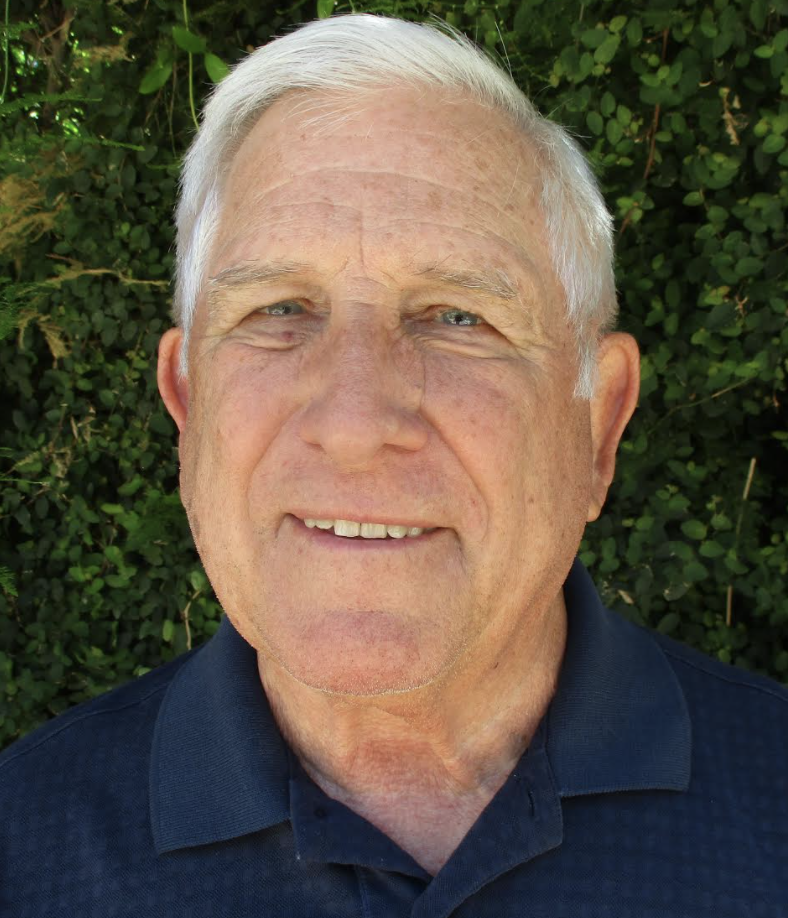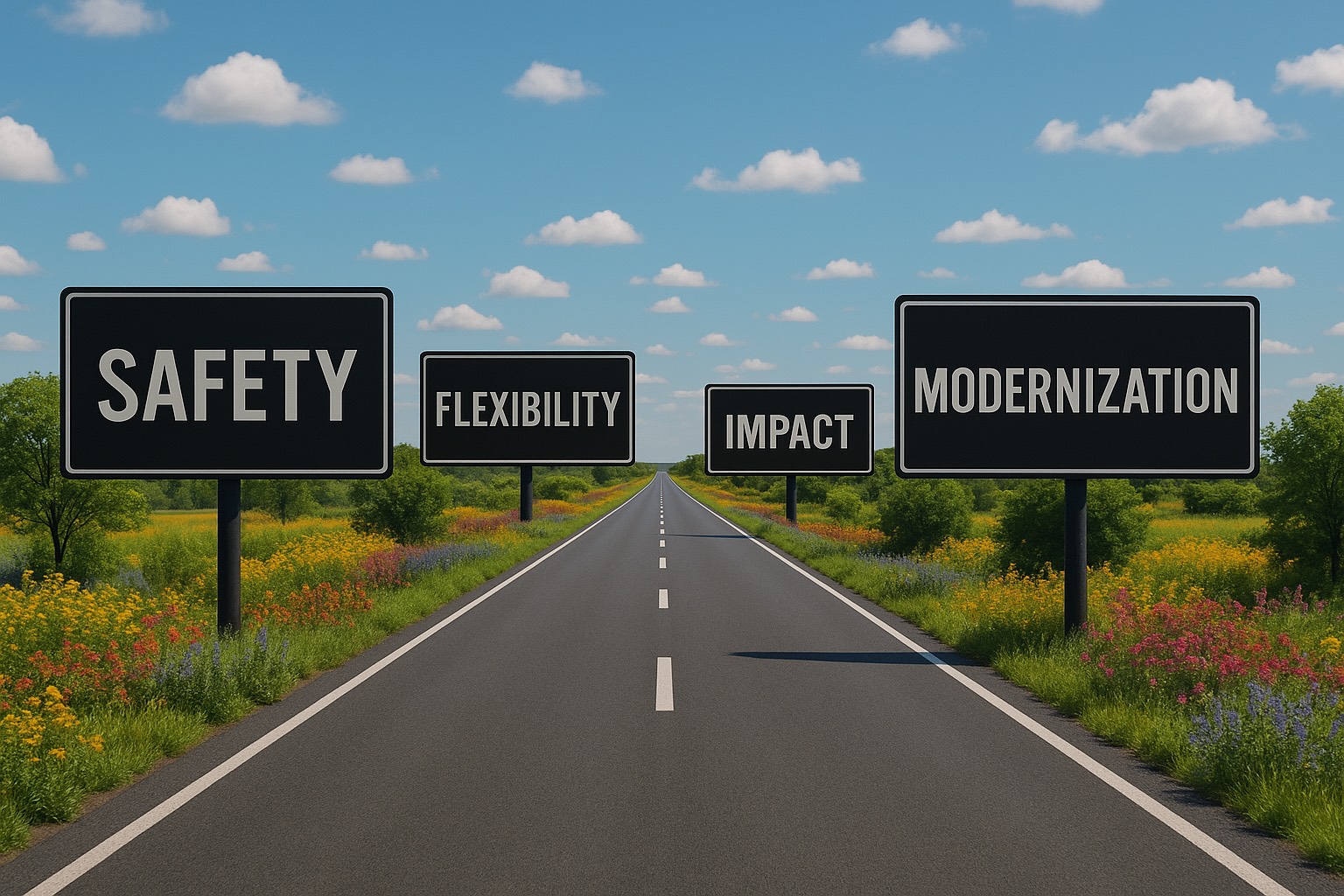It’s a difficult climate for environmental health agencies and the dedicated professionals within it. In previous articles, I’ve discussed the challenges public health and environmental health professionals are experiencing in the polarized, and volatile, political climate we’re in. I’ve also discussed the dangers of applying “commoditized thinking” (i.e. reactionary thinking) to environmental health. After hearing more stories about the many environmental health program budget cuts and resource shortfalls, I wanted to dig deeper to explore meaningful solutions for this vital public service.
We’re fortunate at my company Hedgerow Software, to hire and work with numerous environmental health professionals as part of our core team. When I asked our EH experts how we can truly help in regards to environmental health budget and operational challenges, an interesting theme emerged:
Environmental health agencies must become more self-sufficient, in order to weather the storm of resources (people, programs, tools) being directed to other areas/departments as a result of the pandemic and a heightened political climate.
interview with environmental health insider mel knight, rehs (ret)
I wanted to explore this theme further and offer ideas for agencies seeking a better path forward. This led me to interview distinguished environmental health administrator Mel Knight, REHS (Ret), a leader within the industry for over four decades. We’re fortunate to work closely with Mel at Hedgerow, where he advises us on industry strategy. Mel is extremely passionate about the topic of environmental health agency budgets, programs, and operational management. In fact, when I met Mel many moons ago, he was giving a talk about the subject of self-sufficient environmental health agencies. Here’s a quick summary of Mel Knight’s background:
- Been in environmental health since 1972 and has worked for both state and county government agencies.
- Past president of NEHA, CEHA, and the California Conference of Directors of Environmental Health, as well as a previous chair of the National Conference of Local Environmental Health Administrators and the International Federation of Environmental Health (IFEH) - Americas Region.
- Served as Director of Environmental Management Department for Sacramento County with a community size of 1.3 million, 100 staff, $15M budget, 50% reserve, and ZERO tax dollars dependence.
- Mel continues to provide consultation and services for multiple environmental health programs, most recently in support of pandemic response, wildfire recovery and management practices.
I recently interviewed Mel Knight to better understand how he was able to build a self-sufficient environmental health program in Sacramento County, California. My hope is agency leaders will find it helpful and leverage Mel’s advice on strategy, program tactics and technology/tools to get your agency on the best fiscal path moving forward.
Mel, why are you so passionate about the topic of environmental health agencies becoming self-sufficient with their operational budgets?
Public health services have historically been funded with a dependency on tax dollars. Early in my career, California voters passed an initiative, Proposition 13, that essentially put a cap on tax dollars from real estate and forced EH teams to begin competing with many agencies, including fire and police departments, for a diminishing pool of funds. I was frustrated by how little control I had over budget allocations. Environmental health programs have unique opportunities to generate revenue from fees, contracts and grants that are not available to most governmental agencies. I was fortunate to be able to take advantage of these opportunities to create a fiscally self-sufficient environmental health department.
What do you mean by “become a fiscally self-sufficient agency?"
Good question. To me, being self-sufficient means having the ability to reduce agency dependence on public tax dollars by funding operational budgets, teams, and tools/technology from program revenue while closely managing expenditures. It’s a very similar approach to how a private or public company would manage a P&L statement (profit and loss) to ensure leadership has the budget to hire great employees, manage operations, and make forward looking investments, such as upgrading technology/tools.
Why should an environmental health agency use this strategy?
The primary reason is to establish a stable and predictable revenue stream. It’s difficult to compete with other departments for tax dollars, especially when it’s competing against fire, police, and unforeseen circumstances like the pandemic. Once you are able to stabilize agency revenue and manage costs more effectively, you can control who is hired, what tools are utilized, and how you can be more proactive towards emerging trends like moving from paper based systems to online tools, etc.
What are some of the common pitfalls to avoid?
There is a long list of lessons learned from my career and I’m happy to go into more detail in a later discussion. Let’s just say, pitfalls to avoid range from poor fee strategies that underestimate actual program costs, failure to engage business owners, ill-conceived cost of living adjustments (COLAs), commingling program funds (e.g. supporting land use program with retail food fee revenue) and not having a justification for a budget reserve available for unforeseen issues, adding critical staff, new technology, etc.
What are some other benefits for the self-sufficient agency approach?
The largest benefit is the ability to control your budget to effectively hire and run better operational programs that keep our communities safe. Sacramento EMD has received numerous awards and national recognition, including a Crumbine Award.
I also found having better lines of communication with business owners was critical for success. The self-sufficient agency approach really forces you to collaborate more with stakeholders, hold workshops for feedback, build coalitions, and explain the rationale for program changes. Most business owners are reasonable, if they understand the logic behind proposed changes and recognize that a well trained and stable environmental health agency can be a resource, and a partner, in improving their practices.
Where can readers learn more about this topic?
I’m planning a virtual workshop series with Adam Souza at Hedgerow Software to go into more depth on each of these questions. There will be more details soon about how to register; in the meantime, please connect with me on LinkedIn and/or send me your questions directly.
Thanks again Mel for your insights on building a self-sufficient environmental health agency.
Readers, please make sure to connect with Mel Knight or myself on LinkedIn and we’ll hold your seat for the virtual workshop or answer your questions directly.





